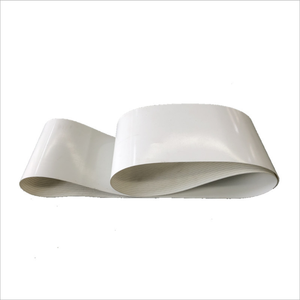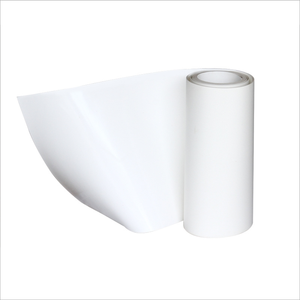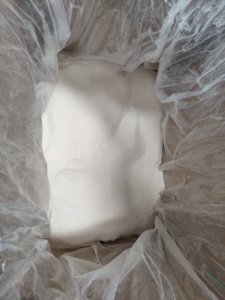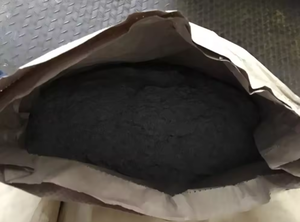
All categories
Featured selections
Trade Assurance
Buyer Central
Help Center
Get the app
Become a supplier

(2373 products available)






































Depending on the application, friction material sheets are available in various types and compositions, each having unique characteristics and advantages:
Organic friction materials
Organic friction materials are mainly manufactured using natural substances like rubber, resins, fibers, and metals. The combination of these materials results in a friction material sheet that is quiet and kind to the metal surfaces. Normally, these sheets are used in applications such as automotive brake pads and drums.
Semi-metallic friction materials
Semi-metallic friction materials are manufactured using around 30 to 70 percent metallic fibers. Common types of metallic fibers used include steel, copper, and graphite. Semi-metallic friction material sheets are durable and have high wear resistance. Also, they can perform well in high temperatures and pressures. Because of these excellent properties, they find applications in heavy-duty vehicles and industrial braking systems.
Metallic friction materials
Metallic friction materials are composed entirely of metallic components. They are mainly manufactured using bronze, brass, and other alloy materials. Due to their excellent properties, metallic friction material sheets have high durability and can withstand extreme conditions. Nonetheless, they produce a lot of noise and are prone to scoring. As a result, they are mainly used in applications like aerospace and railway braking systems.
Ceramic friction materials
These materials are manufactured using various ceramic compounds and are designed to offer high performance in a wide range of applications. Ceramic friction material sheets have stable friction coefficients and low wear rates. Moreover, they are resistant to thermal fatigue and oxidation. Due to these properties, ceramic friction materials are used in high-performance vehicles, motorsports, and aerospace applications.
Carbon-carbon composites
Carbon-carbon composites are friction materials made of carbon fibers and carbon matrices. These composites are mainly used in high-temperature applications, such as in aviation and space exploration. Carbon-carbon composites have stable friction characteristics at elevated temperatures and offer excellent mechanical strength.
High-performance friction materials
High-performance friction materials are specifically designed for demanding applications that require superior performance, such as racing and high-speed machinery. These materials combine various components, including ceramics, organics, and metals, to achieve optimal friction and wear resistance properties.
The specifications of friction material sheets vary depending on the intended use, but they generally include the following:
The following are some of the maintenance requirements for friction material sheets:
Choosing the right friction material sheets needs careful consideration of several factors:
Application Requirements
Frictions sheets are used in different applications such as brakes and clutches. Consider the following for the intended application:
- The operating conditions such as temperature, speed, and load.
- The performance requirements such as wear resistance, noise level, and friction stability.
Material Composition
Friction material sheets are made using different materials. Each material has its own advantages and limitations. Common materials include:
- Organic materials which are quiet and have a good friction level but a low thermal stability.
- Metallic materials which are durable and suitable for high load applications.
- Sintered materials which have excellent wear resistance and can operate in high temperature.
Compatibility
Ensure that the chosen friction material is compatible with the following:
- The counter materials it will slide against.
- The lubricants or non-lubricants that are used in the system.
Performance Characteristics
Consider the following performance characteristics to meet the requirements of the specific application:
- The material's coefficient of friction, which indicates the friction level.
- The variation of friction during the life of the material.
- The consistency of friction performance in various environmental conditions.
Environmental Considerations
Factor in the environmental regulations and requirements such as noise emissions and dust pollution.
Manufacturers Reputation
Choose reputable manufacturers who are known to produce quality friction materials. Consider the following:
- The supplier's experience in the industry.
- The customer reviews and feedback.
Cost and Value
Consider the initial cost and the value of the whole life. Sometimes it is prudent to invest in high quality material as it reduces wear and offers consistent performance.
Manufacturers often provide installation instructions for specific products. Below are general steps for installing friction material sheets:
Surface Preparation
Clean the surfaces where the friction material will be applied. Use a wire brush or grinder to remove old material and debris. Ensure the surface is dry and free from contaminants.
Cutting and Shaping
Use a sharp utility knife or friction material cutting tools to cut the sheets to the desired size and shape. Wear appropriate PPE and follow safety guidelines when cutting.
Dry Fitting
Fit the cut sheets onto the surface without adhesive. Check for proper alignment, coverage, and clearances. Make any necessary adjustments by trimming.
Applying Adhesive
Select an appropriate adhesive or bonding agent for the material and surface. Follow the manufacturer's instructions regarding the type of adhesive and application method. Apply a uniform layer of adhesive on the surface.
Bonding
Press the friction material sheets onto the adhesive-coated surface. Ensure even pressure and complete contact to avoid air gaps. Use clamps or weights if necessary to hold them in place until the adhesive cures.
Sealing
Seal the edges of the bonded sheets with an appropriate sealant. This helps prevent moisture ingress and protects against environmental factors.
Curing and Final Inspection
Allow sufficient time for the adhesive to cure as per the manufacturer's instructions. Once cured, inspect the bonded sheets for proper alignment, coverage, and surface finish.
Testing
Before putting the equipment or vehicle back into operation, conduct a test to ensure the friction material performs as expected. Monitor for any unusual noises, vibrations, or performance issues.
Q1: What does friction material sheet do?
A1: Friction material sheets are used in industries where controlling speed and stopping power is crucial. They are important in making brake parts like brake pads and brake shoes because they provide the necessary friction between the braking component and the surface to be braked, ensuring effective braking and safety.
Q2: How long does a friction material sheet last?
A2: The lifespan of a friction material sheet can vary depending on several factors, including the type of application, the material used, and the operating conditions it is subjected to. In general, friction material sheets are designed to be durable and long-lasting. However, continuous and excessive use can lead to wear and tear, which may affect their effectiveness over time.
Q3: What is the composition of friction material sheets?
A3: Friction material sheets are composed of a variety of materials, including organic compounds, metal fibers, and ceramic materials. The specific composition may vary depending on the type and application of the friction material sheet. Generally, these materials are chosen for their durability, heat resistance, and ability to generate frictional force.
Q4: Where can one find friction material sheets?
A4: Friction material sheets are available in various suppliers and manufacturers, both online and offline. One can find them in specialized automotive parts stores, industrial supply stores, and online platforms like Alibaba.com. It is important to source these materials from reputable suppliers to ensure quality and compatibility with specific applications.
Q5: Can friction material sheets be customized for specific applications?
A5: Yes, friction material sheets can be customized to suit specific applications and requirements. Manufacturers can modify the composition, size, and thickness of the sheets to optimize performance for particular operating conditions. Customization can enhance the effectiveness and longevity of friction material, making it more suitable for specific needs.